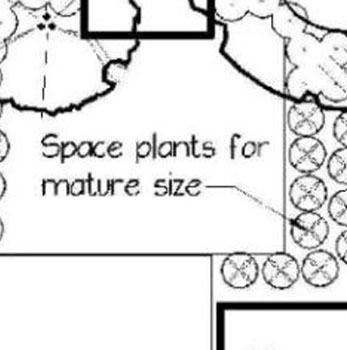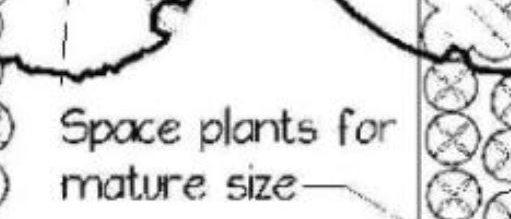Placement of Plants

Florida-Friendly Landscaping™ in a Minute
Episode Archive
Episode #312 | Original Air Date: May 11, 2021
Related Resources
Transcript
A common landscaping mistake is crowding plants too close together during planting. This is easy to do when plants are purchased when they are young and not fully grown.
As the plants mature though, overcrowding can stunt the plant’s size and inadequate sunlight can cause spindly growth. Poor air circulation can also lead to disease problems.
You will save money, time, and effort if you know how large the plants you purchase will ultimately be. So, make sure to consider the new plants’ mature size and place them in the landscape accordingly.
And remember, your new landscape may look sparse when first planted but it will fill in with time and be healthier!
Florida-Friendly Landscaping™ in a Minute is a production of the University of Florida’s Florida-Friendly Landscaping™ Program, IFAS Extension, and WUFT-FM in cooperation with the Florida Department of Environmental Protection.

